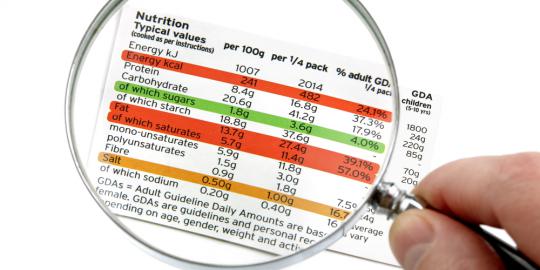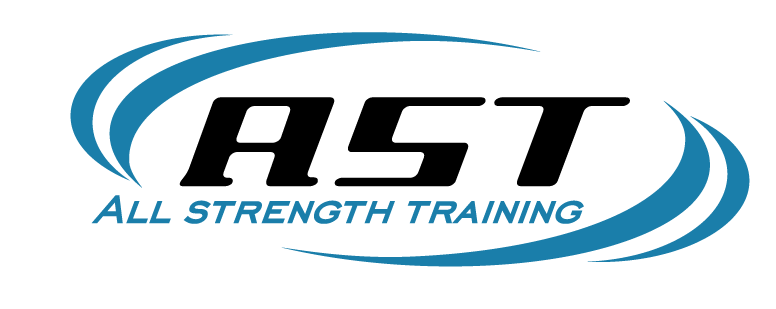Calorie Counter: Smart Ways to Manage Your Bank Account of Calories
You want to improve your diet, lose some weight, and be healthier. But do you really need to become a calorie counter?
If a part-time job as a calorie counter sounds like a tedious, time-consuming task, you’re not alone. A lot of people don’t pay any attention to the amount of calories they eat.
In fact, most just follow the See Food Diet. You know, you see food, and you eat it. The problem with that approach to dieting, is that the calories can add up fast…a lot faster than you can burn them in a 60-minute sweat fest.
Plow through a large chocolate milkshake. That’s 800 to 1,000 calories. Eat a slice of cheesecake: 400-plus calories. Or chow down a fast food meal with a burger, fries, and a soda, and you’ll gobble up 1,500 calories or more in a single meal.
On the flipside, you might burn 400 calories during a 30-minute jog if you hustle. Eat more calories than you burn, and it doesn’t quite add up.
But you wouldn’t know that if you don’t have a calorie counter system in place. And that’s kind of a problem if you’ve got a health and fitness goal in mind.
The Bank Account of Calories
Ever neglect to balance your bank account? Maybe for days or weeks?
What happens? There’s usually some moments of insanity where you go, “What happened to all the money?” Then you painstakingly go back in time and compare your bank statement with every purchase you’ve made. And it starts to make sense. Maybe you really didn’t need those made-for-TV gizmos after all.
It’s the same reason having a plan to count calories is important. If you don’t know what you’re eating, it’s pretty easy to go off the rails and eat too much. Then one day you look in the mirror or step on the scale and think, “What happened?”
If you’ve had one of those moments, it’s OK. I think we’ve all been there. But instead of continuing with the same laissez-faire eating habits, get real about what you’re eating. Balance your bank account of calories.
To do that, you need to know how many calories you should be consuming. It’s different for everybody based on things like:
Age
Gender
Weight
Activity level
Body composition
Basal metabolic rate
Your goals (lose weight, build muscle, maintain a healthy weight)
Here’s an example: Jake is a 6-foot-tall 45-year-old man who weighs 200 pounds and wants to lose some weight.
After a fitness assessment and body composition analysis, his trainer says he should eat about 2,200 calories per day, and train 3 to 5 times a week. That’s a reasonable plan for Jake to lose about a pound a week.
Calorie counter basics. Once you know your daily calorie goal, you can balance your bank account of calories. And if you want to avoid one of those “What happened?” moments, it’s a good idea to balance your bank account of calories every day.
Want to know how many calories you should eat per day? Use this calculator or get help from an experienced nutrition coach.
Smart Ways to Count Calories
If you’ve ever found your bank account in disarray because you neglected to calculate your balance after each transaction, you probably muttered something about keeping receipts, going to a cash-only plan, or updating your balance after every purchase.
Those are all smart ways to keep track of your money, and your spending habits. And the same idea applies to your diet. When you count calories, you’re more aware of your food choices, portion sizes, and meal frequency. It’s a habit that will help you achieve your health and fitness goals faster. And if you do it right, you’ll even have room for some treats without overeating your daily calorie budget.
5 Easy Ways to Count Calories
Need a little help balancing your bank account of calories? These habits will help:
1. Read food labels.
Before you put anything in your shopping read the food label. Find out how many calories are in a serving size.

If you’re going to a restaurant, look up the calorie content for the food you plan to order. Most chain restaurants publish nutritional information on their website.
You’ll also find info to help you count calories on sites and apps like My Fitness Pal or Calorie King, and many others.
It doesn’t take long. It’s one of the easiest things you can do to count calories. And research shows that people who consistently read food labels are more successful with weight loss and weight management.
2. Cook at home.
Eat out a lot? Keep track of how many calories you consume from food you get at the drive-thru, a restaurant, the gas station quickie mart, or that food cart near the office. Chances are pretty good, you’re probably eating more than you can afford to based on balance of your bank account of calories.
That’s because fast food or processed food is typically much higher in calories than whole foods or minimally processed foods. You know: fruits, vegetables, whole grains, lean meats, fish, legumes, nuts and seeds, and plenty of water.

Try to cook at home more often using fresh ingredients, and it’s usually easier (and healthier) to keep your bank account of calories balanced.
3. Practice portion control
The food label and serving size is a good place to start. But if you’re not sure what 1 oz of chocolate looks like or how much 2 cups of vegetables is, use a food scale or a measuring cup. Seriously, don’t guess. You’ll probably overdraft your bank account of calories if you do.
Don’t believe me? Take the Portion Distortion quiz by the National Institutes of Health.
4. Track your calories
Balance your bank account of calories after every meal or snack. You can keep an old-school journal and write down everything you eat. That’s one way to track your calories. With a nutrition tracking app, your smartphone can do this too. Just click, swipe, and tap, to log what you’re eating, and you’ll always know how many calories are left in your bank account.
It’s a powerful habit to learn and develop if you want to lose weight. In a 6-month study published in the American Journal of Preventive Medicine, people who kept a daily food journal lost twice as much weight as the people who were less consistent about recording their eating habits.
5. Be accountable.
Here’s another way to help you keep your bank account of calories balanced. Share your transaction history (list of everything you eat) with someone else. It’s a great way to create accountability that can help you be more mindful of your food choices.
Want results? Balance your bank account of calories. Exercise. And be consistent. That’s the formula. It’s not that complicated, but does require a little discipline to avoid eating more than you should.
How do you balance calories? Let’s discuss on Facebook.
